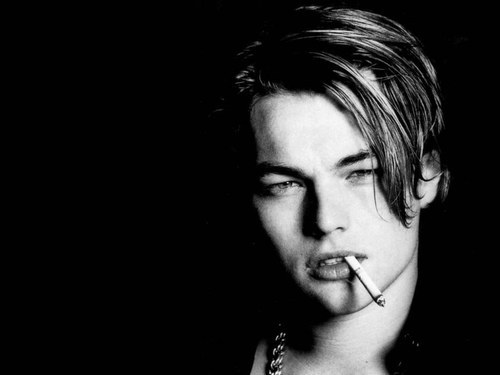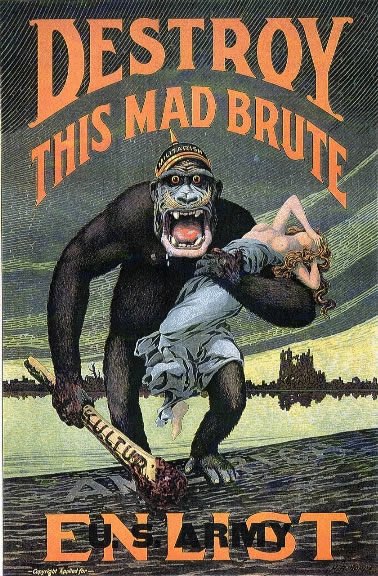This April I jumped on to the Titanic bandwagon. After watching the movie again for the first time in years (and having a great big sob afterwards like every time I have watched it), I am left enchanted by the then 22 year old Leonardo DiCaprio. Lets take a moment to reflect on the transformation that is Leo, and my Top Ten reasons I can't get those eyes out of my dreams at night...
1. Of course, I am a fool if I do not list, first and foremost Leo's beautiful acting in Titanic. What heterosexual female does not leave that cinema crying over the death of Jack for Rose's life, and the true, honest love those young star-crossed lovers found. While not his first claim to fame, you'd be surprised to learn DiCaprio initially turned down the role, doubting his own acting ability. So a big double thumbs up to you, James Cameron, at coercing this young Leo into my heart, and the roles of many more amazing future films. Oh please, Leo...Paint me like one of your French girls!
2. Keeping on the theme of Leo-mania, his portrayal of Romeo in Baz Luhrmann's modern adaption of Shakespeare's classic, Romeo + Juliet. I can never read the play again without picturing Leo's face as my sweet Romeo - although, that's in no way a bad thing!
3. DiCaprio's portrayal of Johnny Depp's mentally handicapped brother in What's Eating Gilbert Grape is hands down one of my favourite performances by anyone. Ever. If you have never watched the film, do it. Right now. Why are you still reading this sentence? Seriously. As a then 18 year old actor, Leo in my opinion easily deserved the Academy Award and Golden Globe nominations. I'm yet to see another film tackle issues of mental handicaps so tastefully, let alone find an actor skillful enough to portray them.
4. Catch Me If You Can, inspired by the true story of Frank Abagnale Jr always gets my heart racing, and it's no wonder why. The film was shot in 147 different locations, in only 52 days, making for one skillful actor who can perform under pressure ;) . For the first time, we see Leo not as a charming romantic, but a conniving, womanizing playboy...who we still can't help to swoon for like the girls in the film.
5. One of the most haunting and original films I have ever seen is of course Shutter Island. The ability for Leo to portray a character that had me questioning his sanity alongside him, left me feeling terrified as piece by piece I put it together only seconds before DiCaprio's character does. I believe every muscle on DiCaprio's face, and watched that movie for the first time with a burning intensity, like
U.S. Marshal Edward "Teddy" Daniels to get to the bottom of it all. How many movies can you say you watched with full intensity before?
6. Inception. How many conversations have you had since that movie came out debating what the ending meant. For me, it's countless. I loved every second of that movie, and DiCaprio's outstanding acting ability to only show what we need to know, that we saw in Shutter Island came in to play again with us. Was it going to stop spinning? Did he know it was a dream and just accept it? Or even worse, was the whole movie just a dream? Damn, you Leo! Damn you and your wonderful ways!
7. Let's step away from his acting and into his personal life. Not only is his house entirely eco-friendly, but Leo has purchased an island in Belize which he plans to build an eco-friendly resort.
8. He is a human rights activist - During the filming of Blood Diamond, Leo worked with orphaned children, he donated $1,000,000 US in relief after Haiti and supported the Obama campaign, donating $2,300 the maximum amount you can donate as an individual.
9. He campaigns for animal rights too. In 2010, DiCaprio donated $1,000,000 to Wildlife Conservation Society in Russia and in 2011 joined Animal Legal Defense Fund's campaign to free Tony, a tiger who has spent the last decade at the Tiger Truck Stop in Grosse Tete, Louisiana.
10. He is ridiculously good looking. I mean, c'mon! All cycles of his life, he has remained a stunning specimen of human nature.
|












